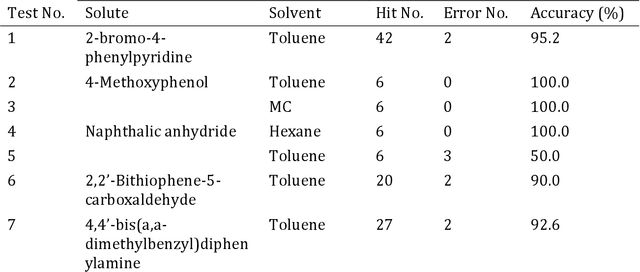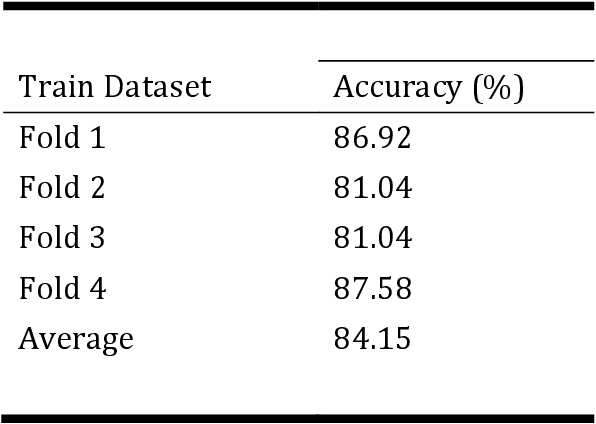Gahee Kim
Hypergraph Neural Sheaf Diffusion: A Symmetric Simplicial Set Framework for Higher-Order Learning
May 09, 2025Abstract:The absence of intrinsic adjacency relations and orientation systems in hypergraphs creates fundamental challenges for constructing sheaf Laplacians of arbitrary degrees. We resolve these limitations through symmetric simplicial sets derived directly from hypergraphs, which encode all possible oriented subrelations within each hyperedge as ordered tuples. This construction canonically defines adjacency via facet maps while inherently preserving hyperedge provenance. We establish that the normalized degree zero sheaf Laplacian on our induced symmetric simplicial set reduces exactly to the traditional graph normalized sheaf Laplacian when restricted to graphs, validating its mathematical consistency with prior graph-based sheaf theory. Furthermore, the induced structure preserves all structural information from the original hypergraph, ensuring that every multi-way relational detail is faithfully retained. Leveraging this framework, we introduce Hypergraph Neural Sheaf Diffusion (HNSD), the first principled extension of Neural Sheaf Diffusion (NSD) to hypergraphs. HNSD operates via normalized degree zero sheaf Laplacians over symmetric simplicial sets, resolving orientation ambiguity and adjacency sparsity inherent to hypergraph learning. Experimental evaluations demonstrate HNSD's competitive performance across established benchmarks.
Diffusion-based Episodes Augmentation for Offline Multi-Agent Reinforcement Learning
Aug 23, 2024Abstract:Offline multi-agent reinforcement learning (MARL) is increasingly recognized as crucial for effectively deploying RL algorithms in environments where real-time interaction is impractical, risky, or costly. In the offline setting, learning from a static dataset of past interactions allows for the development of robust and safe policies without the need for live data collection, which can be fraught with challenges. Building on this foundational importance, we present EAQ, Episodes Augmentation guided by Q-total loss, a novel approach for offline MARL framework utilizing diffusion models. EAQ integrates the Q-total function directly into the diffusion model as a guidance to maximize the global returns in an episode, eliminating the need for separate training. Our focus primarily lies on cooperative scenarios, where agents are required to act collectively towards achieving a shared goal-essentially, maximizing global returns. Consequently, we demonstrate that our episodes augmentation in a collaborative manner significantly boosts offline MARL algorithm compared to the original dataset, improving the normalized return by +17.3% and +12.9% for medium and poor behavioral policies in SMAC simulator, respectively.
Non-backtracking Graph Neural Networks
Oct 11, 2023Abstract:The celebrated message-passing updates for graph neural networks allow the representation of large-scale graphs with local and computationally tractable updates. However, the local updates suffer from backtracking, i.e., a message flows through the same edge twice and revisits the previously visited node. Since the number of message flows increases exponentially with the number of updates, the redundancy in local updates prevents the graph neural network from accurately recognizing a particular message flow for downstream tasks. In this work, we propose to resolve such a redundancy via the non-backtracking graph neural network (NBA-GNN) that updates a message without incorporating the message from the previously visited node. We further investigate how NBA-GNN alleviates the over-squashing of GNNs, and establish a connection between NBA-GNN and the impressive performance of non-backtracking updates for stochastic block model recovery. We empirically verify the effectiveness of our NBA-GNN on long-range graph benchmark and transductive node classification problems.
Automated Solubility Analysis System and Method Using Computer Vision and Machine Learning
Apr 07, 2023


Abstract:In this study, a novel active solubility sensing device using computer vision is proposed to improve separation purification performance and prevent malfunctions of separation equipment such as preparative liquid chromatographers and evaporators. The proposed device actively measures the solubility by transmitting a solution using a background image. The proposed system is a combination of a device that uses a background image and a method for estimating the dissolution and particle presence by changing the background image. The proposed device consists of four parts: camera, display, adjustment, and server units. The camera unit is made up of a rear image sensor on a mobile phone. The display unit is comprised of a tablet screen. The adjustment unit is composed of rotating and height-adjustment jigs. Finally, the server unit consists of a socket server for communication between the units and a PC, including an automated solubility analysis system implemented in Python. The dissolution status of the solution was divided into four categories and a case study was conducted. The algorithms were trained based on these results. Six organic materials and four organic solvents were combined with 202 tests to train the developed algorithm. As a result, the evaluation rate for the dissolution state exhibited an accuracy of 95 %. In addition, the device and method must develop a feedback function that can add a solvent or solute after dissolution detection using solubility results for use in autonomous systems, such as a synthetic automation system. Finally, the diversification of the sensing method is expected to extend not only to the solution but also to the solubility and homogeneity analysis of the film.
 Add to Chrome
Add to Chrome Add to Firefox
Add to Firefox Add to Edge
Add to Edge